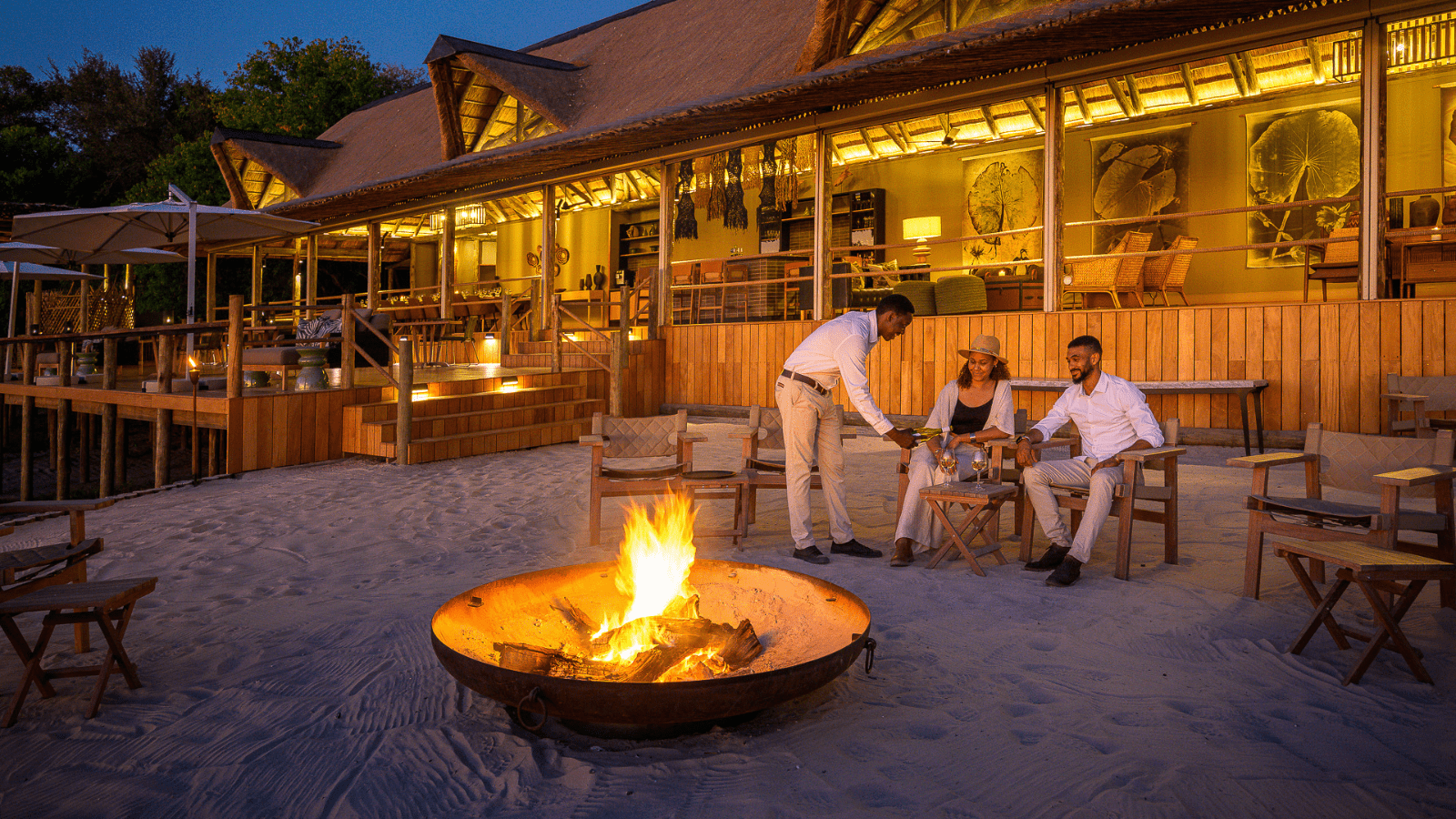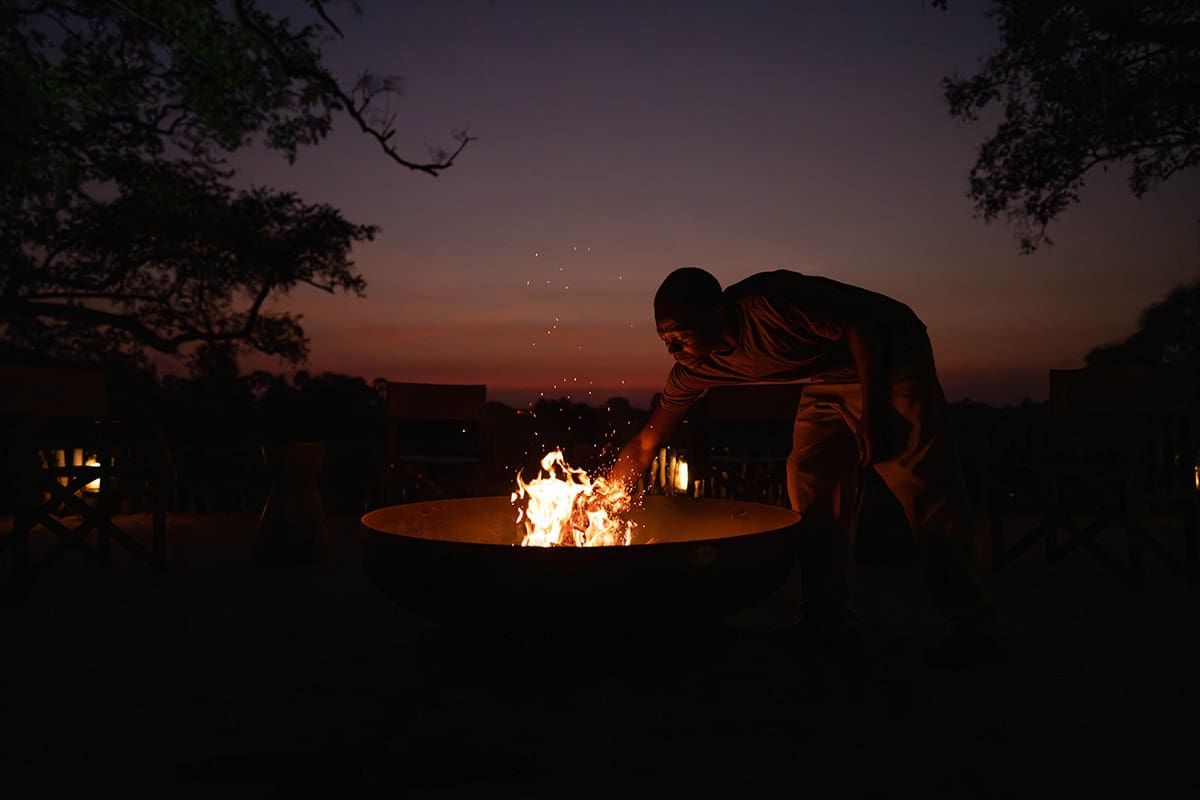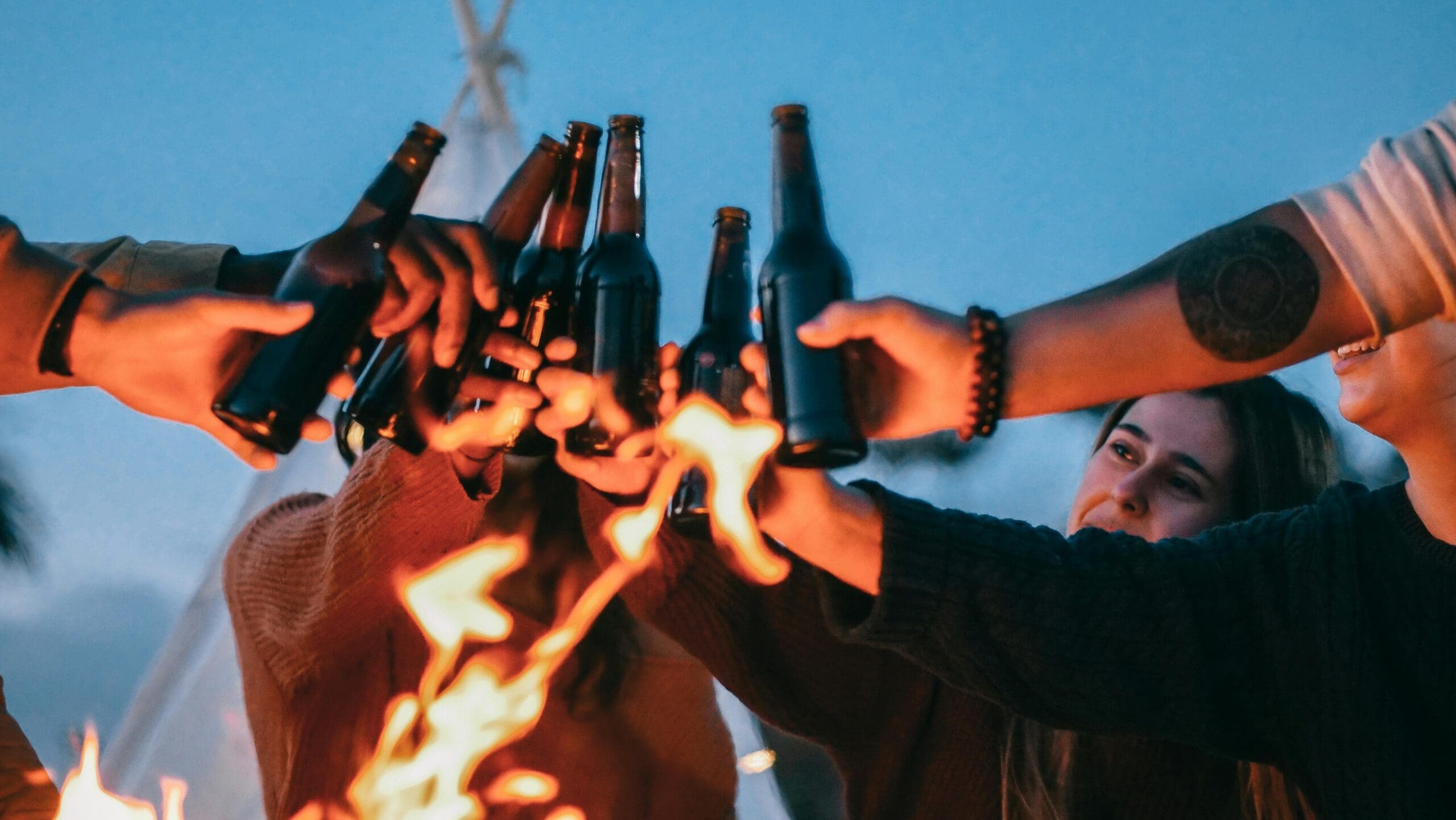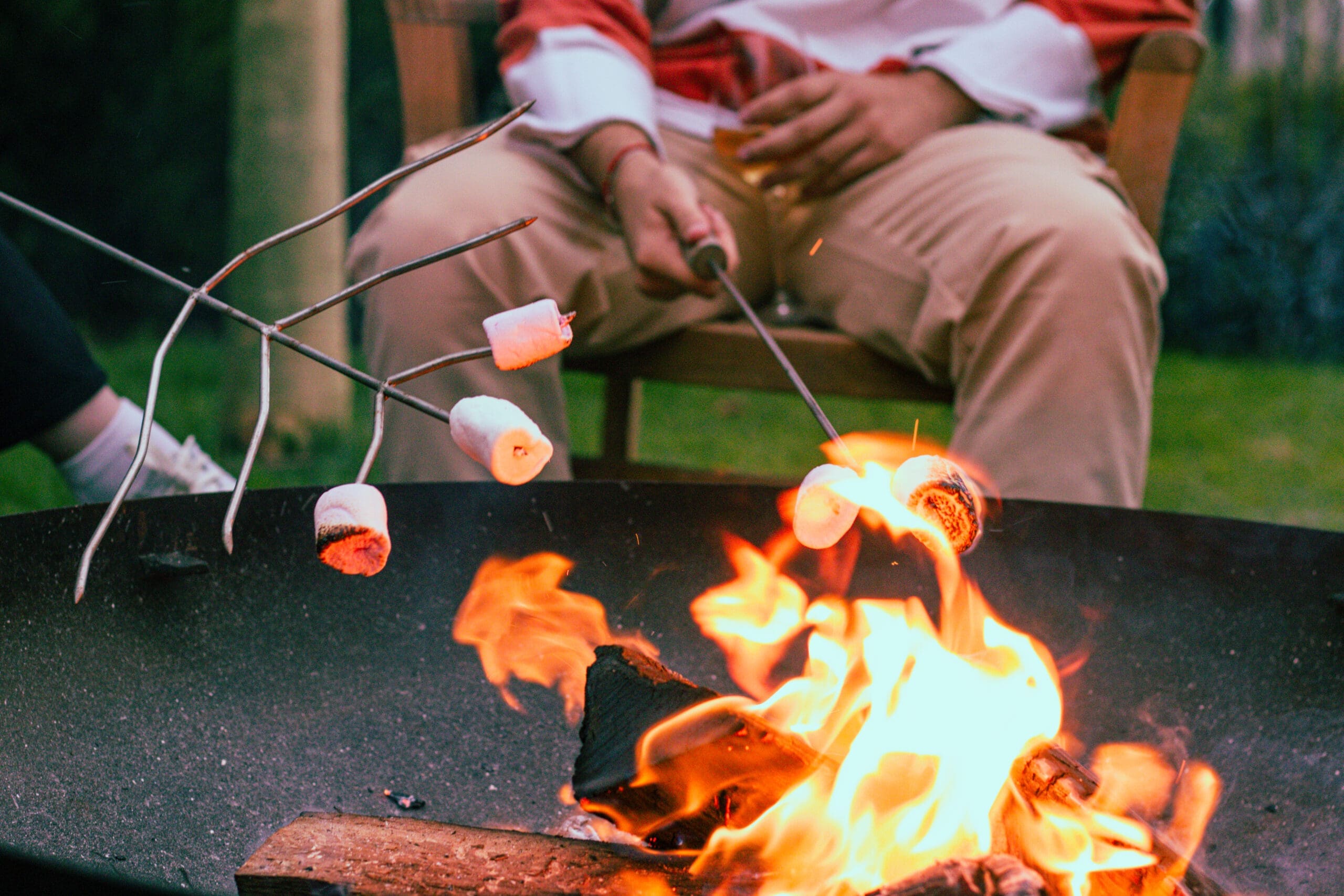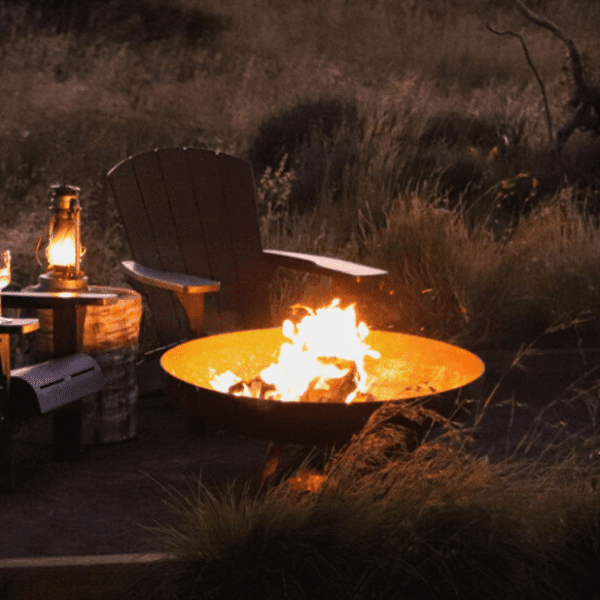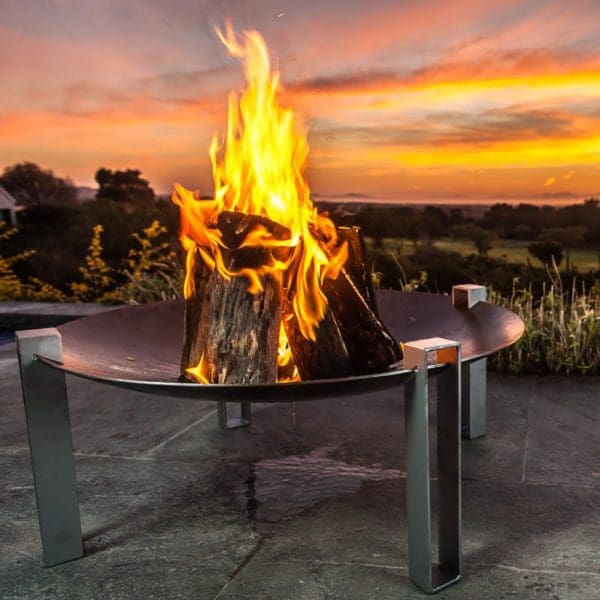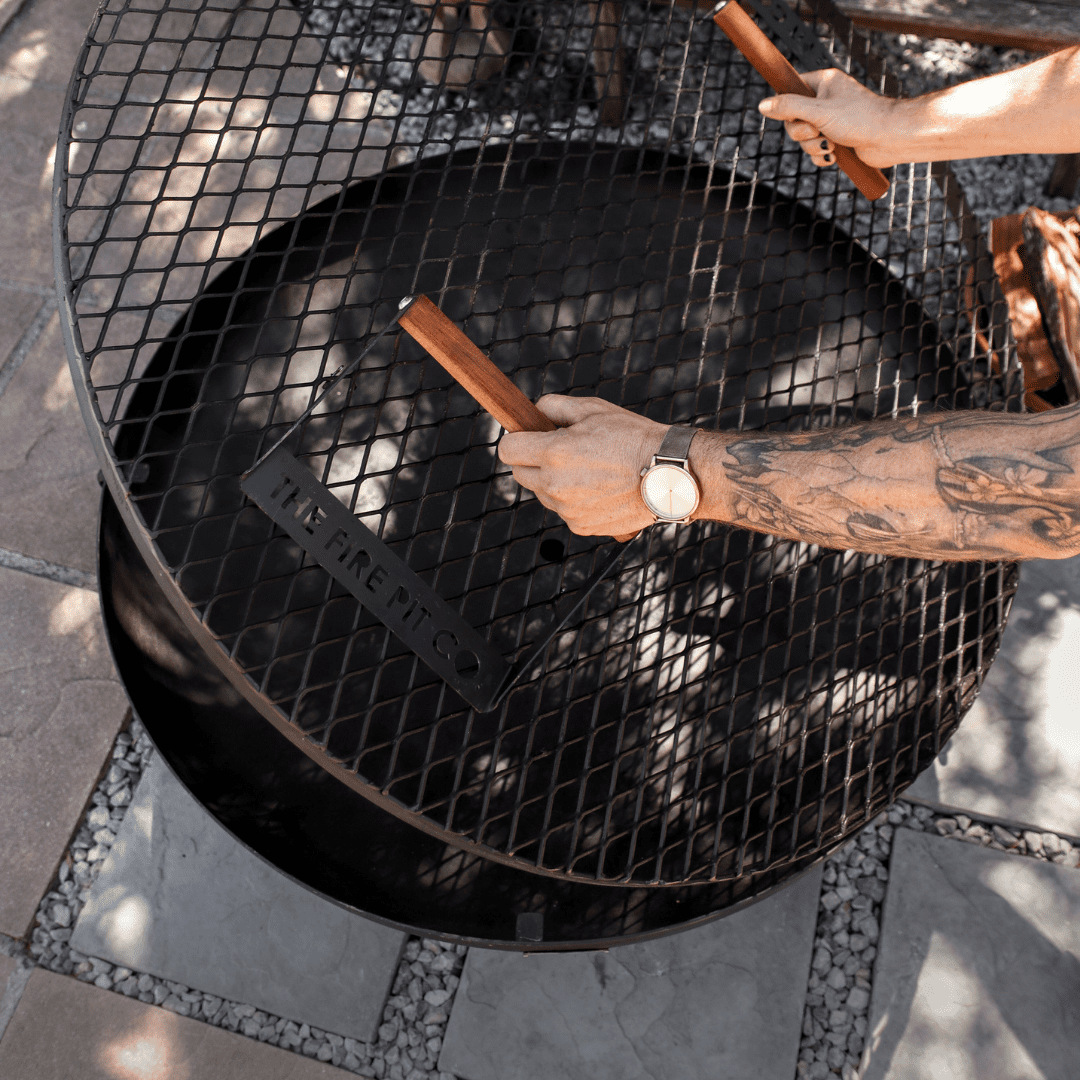
It doesn’t matter how old you are or how many braais you have attended, I am pretty sure EVERYONE has been witness to an argument as to the pros and cons of using wood vs charcoal and which one is considered the best to braai with. Today we are diving head first into the great debate: What makes your fire burn better and adds the most flavour to your precious braaivleis and boerewors? This is the age-old question that we hope to answer for you today.
1. Wood:
Any real foodie would tell you that preparing food over a wood fire adds a lovely flavour to it, customisable via the different wood used. Plain wood chunks burn a little faster than charcoal but you’ll get a better smokey flavour because the wood is still intact.
Even though wood takes much longer, it is a lot more environmentally friendly which takes first priority. When you start working with wood, consider the type and kind of wood that your using. If you are creating coals to braai on, we advise that you stick to hardwoods. Hardwoods (sekelbos, rooikraans, mopane, and camelthorn/kameeldoring) are ideal because they retain heat well and burn for longer, which means you’re able to cook a lot more in one go. Besides fuel, cooking over wood also lends a “woody”, smoky flavour to food and, when used correctly at the right temperatures, you could effectively smoke whatever you’re cooking without all the equipment normally needed. Most softwoods produce unpleasant soot when it burns, affecting the taste of your meat.
2. Charcoal:
When braaing with charcoal, you’ll have two main options: briquettes, which are made with chemicals to form a neater, square shape, and lump charcoal.
There are quite a few advantages to using charcoal when cooking. Charcoal gets very hot and burns for a long time. It also creates its own steam. As the meat cooks and drips on the charcoal, it will sizzle and release steam to add its own flavour to your food. Charcoal also creates a beautiful sear on meat, creating a visually pleasing effect.
Personally, we aren’t big charcoal advocates. The charcoal trade destroys forests and directly contributes to global warming. Charcoal fires are incredibly messy and difficult to clean afterwards. It riddles your fire pit / braai with ashes and debris once the fire is out. It is also more challenging to control the temperature with charcoal than it is with wood, and it doesn’t always cook evenly.
3. The best of both worlds?
Some experts believe that the perfect medium is found by combining wood and charcoal. If you end up combining wood and charcoal for fire, you will have a smoky flavour as well as the cooking power of charcoal.
However, we feel it is essential for you to find your own braaing style. At the end of the day, it comes down to personal preference (even though we, not so secretly, prefer having wood fires). Every braai master that’s worth their salt has to go through trial and error to find out what works best for them. We advise that you play around and find out what different flavours you are capable of creating.
Ultimately, there is no definite answer when it comes to wood vs charcoal fires. As your braaing style develops, you will discover your preferred methods and your technique will develop over time.



